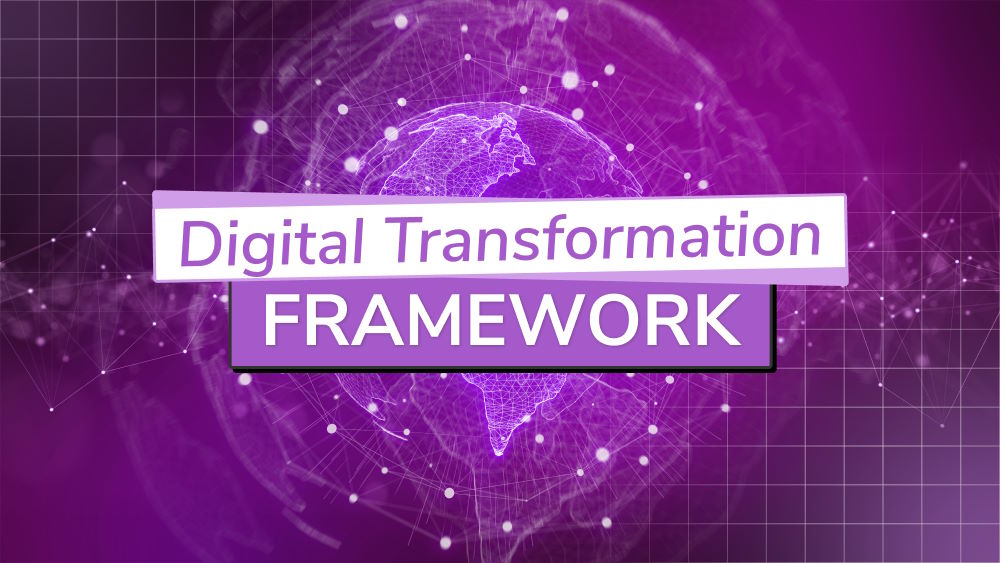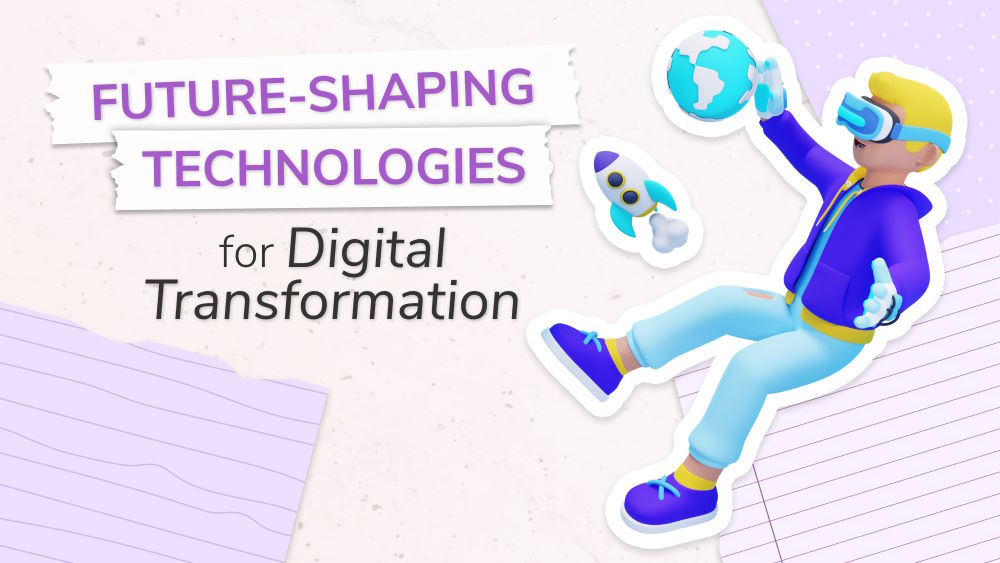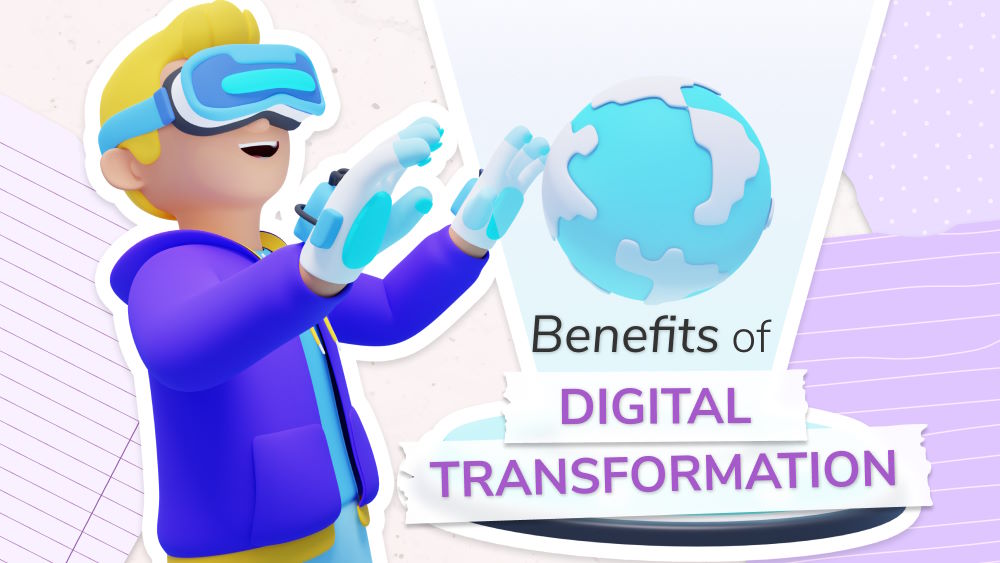
A Practical Approach to Implementing a Winning IT Transformation Strategy
Today’s dynamic technological landscape asks for constant adaption to stay in the game. A winning IT transformation strategy is one effective way to do so.

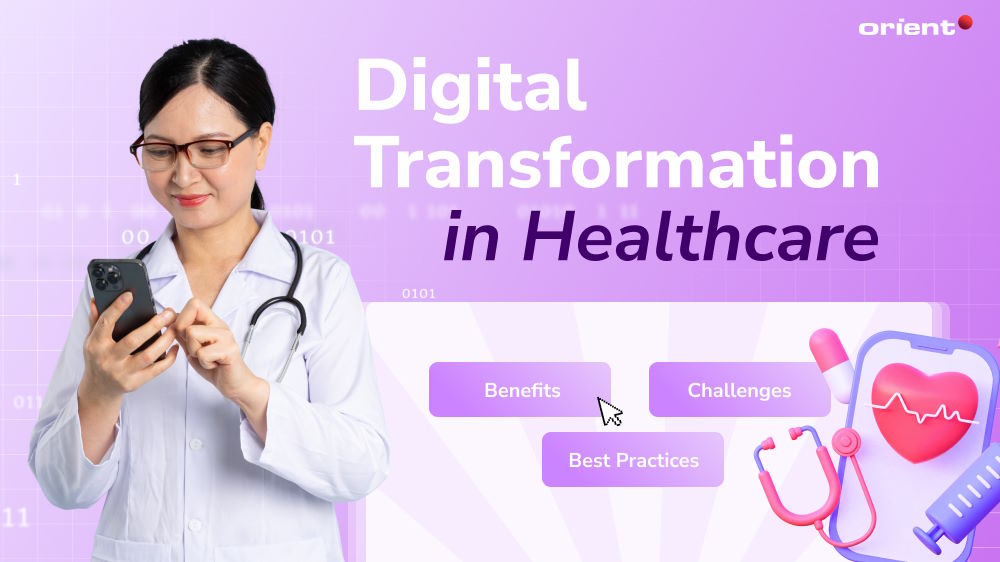
From the introduction of Electronic Health Records (EHRs) in the 1960s to the advent of wearable wireless medical devices, technology has always had a major impact on the healthcare sector. It has influenced how healthcare providers deliver their services and how patients make healthcare decisions, such as monitoring symptoms, booking appointments, and acquiring medication.
These technological advancements have made it possible for healthcare providers to improve patient outcomes, anticipate and respond to medical emergencies (e.g., the vaccine rollout during the COVID-19 pandemic), and streamline communication between different healthcare departments and providers. Despite this, there are still challenges associated with embracing digital transformation in healthcare, especially when it comes to helping communities with limited internet connectivity gain access to digital health services.
In today’s article, you will learn about digital transformation in healthcare, including why it is important, its benefits and challenges, and how to properly incorporate new digital services into your medical practice.

Digital transformation in healthcare refers to the continued research, development, and adoption of technology used to administer and receive healthcare services.
The term relates to technology that enables healthcare providers to administer medical services and to technology that enables patients to receive those services. It also relates to technology that enables patients to monitor their health, such as wearable wireless devices (e.g., watches) that record your heartbeat in real time.
Other examples of digital transformation in healthcare include:
The benefits of digital technology in healthcare include helping patients be more aware of and involved in their health decisions and outcomes, allowing disadvantaged communities to access healthcare services more easily, and streamlining communication between healthcare departments and providers for more consistent patient care.
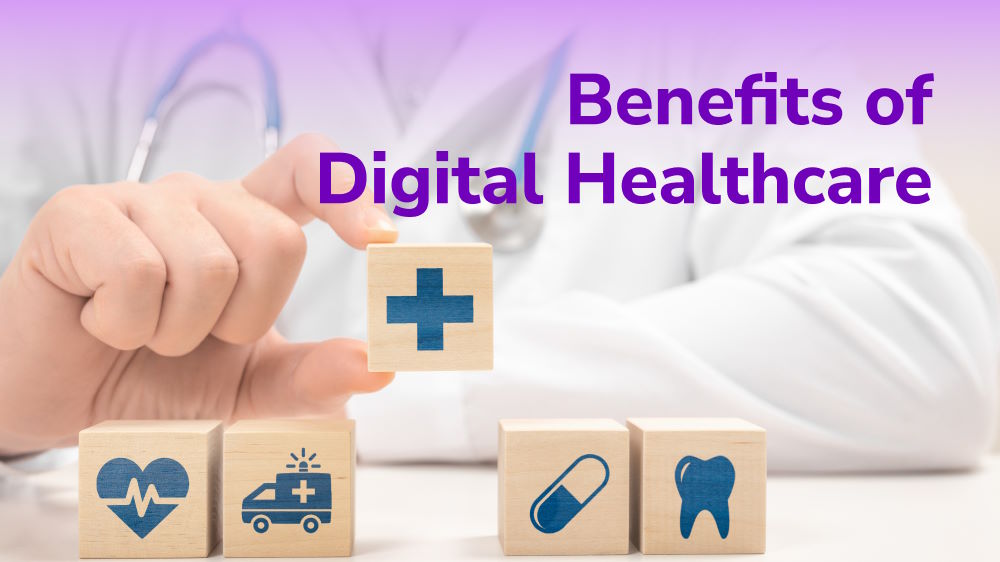
With a digital transformation journey in healthcare, patients are more aware of their health history and more involved in clinical decision-making. Electronic Health Records (EHR) contain key information about a patient’s health history, such as immunizations, prescriptions, emergency contacts, and hospital discharge summaries.
Using a web browser or app, patients can review and update their EHR profile at any time, and healthcare companies can review a patient’s EHR when necessary. This makes health information more accessible and reduces unnecessary repeat testing and diagnostic reports. Some countries have a national digital health record service, such as My Health Record in Australia, while other countries, such as the United States, have different states and healthcare providers that use their own EHR platforms.
Oftentimes, disadvantaged communities may have limited access to healthcare due to socioeconomic and geographic factors. Digital transformation in healthcare can help bridge the gap, enabling people in disadvantaged communities (and circumstances) to access high-quality, affordable services and support.
For example, patients living in remote communities – far away from onsite medical practices – can attend remote consultations via phone or video chat. This benefit also extends to patients who may be too unwell to leave their homes and attend onsite consultations. Patients can also wear health and fitness trackers, such as smart watches, to monitor their vitals (heart rate, blood pressure) and notify contacts of a potential health emergency.
Advancements in digital healthcare have made it easier for healthcare providers to access, transfer, and record health information. Medical staff (GPs, nurses, doctors) can review a patient’s medical history and then use that information to maintain or modify treatment based on past/current trends and patterns. Unified access to health information can also prevent unnecessary testing, such as repeat blood tests.
Medical staff can also identify and correct any discrepancies in a patient’s medical history, such as prescription errors and missed or incorrect diagnoses. Also, by using EHRs and other secure online portals, healthcare providers can share information more easily, such as transferring a patient’s record from one practice to another.
The main challenges of digital transformation efforts in healthcare are providing equal access to healthcare services, interoperability with different healthcare platforms and services, and ensuring medical data security and privacy.
Health inequality is a global issue. Ethnic and racial disparities, as well as socioeconomic and geographic factors, make it difficult for disadvantaged communities and individuals to benefit from digital advancements in healthcare.
Not everyone has access to consistently fast, stable internet – particularly regional communities with limited coverage. Also, not everyone has access to (or knows how to use) mobile and desktop devices, such as smartphones, laptops, tablets, wearable medical devices, and desktop workstations.
Individuals with physical and mental disabilities may also need additional support to engage with digital health services.
Interoperability refers to the standardizing of data, gathering data from different sources, and converting that data into a universally readable format. It enables healthcare organizations to seamlessly move data between health professionals, departments, providers, and services – without manual intervention.
Failure to account for interoperability can lead to information silos and miscommunication, impacting a healthcare organization’s ability to share and receive information as well as streamline the patient journey.
Health providers store large amounts of sensitive data. This includes patient data (full name, date of birth, address, health issues) and data about a healthcare provider’s internal processes (payroll, accounting, HR, vendor agreements, medical equipment maintenance). Also, EHRs store a patient’s medical history, with a profile of an individual’s immunizations, prescriptions, hospital discharge summaries, and more.
Due to the sensitive nature of health data, medical practices must use the latest types of information security. This means putting in systems that help prevent data theft and loss, such as Multi-Factor Authentication (MFA) (forcing users to provide at least two forms of identification), automated daily backups (to secure cloud or onsite environments), cybersecurity staff training, and automated software updates.
Digital transformation initiatives in healthcare is a huge undertaking. Defining the purpose of each service (and the pain points they will solve) is vital to making the most of each one. Other considerations include meeting regulatory compliance, choosing the right medical software application vendor, and continually monitoring and maintaining each service for optimal performance.
Take the time to identify the pain points in your medical practice. Then, determine how digital transformation can help solve those pain points and provide growth opportunities.
Take data storage, for example. Physical storage mediums, such as hard drives and servers, are expensive to purchase upfront and prone to theft, tampering, and damage due to fire, storms, and poor climate control. Switching to a cloud storage solution can help overcome these issues. The healthcare provider will save money by switching to a monthly or annual cloud storage subscription service. And they will protect their data with automated daily cloud backups and continuous monitoring and maintenance by the Cloud Service Provider (CSP).
A good software development company will listen to you. They will address your concerns, define your technical requirements, and propose a custom software solution that best fits your needs. When you approach Orient Software, you will have the opportunity to share your story and define your target audience. You also get the assurance that the development team shares your vision and will do whatever it takes to achieve your goals.
Ensure that your digital technologies meet all your regulatory requirements. These include regulatory standards that relate to data security, privacy, and sovereignty.
Data sovereignty is particularly important, as it relates to the idea that you must comply with the laws and governance structures of the region where you physically store your data. Ensure that your CSP will comply with the data sovereignty laws that are relevant to your region. You may also need to seek legal advice to ensure that your digital services meet your regulatory requirements.
Choose a software development company that understands the health industry. They should be familiar with your unique technical requirements, including the needs of your target audience and your regulatory requirements. They should also be able to create cross-platform solutions, which allow data to be transferred seamlessly from one system to another – without manual intervention.
At Orient Software, we have experience providing software solutions for the healthcare industry. One of our top health clients is Hello Health, a leading provider of healthcare knowledge and services in Asia. We helped Hello Health expand its services in Asia by developing an MVP version of its digital health platform in Indonesia. The platform was developed using ReactJS and PHP, following the Agile methodology with one sprint per week, allowing for continuous feedback and integration each step of the way.
Keep your digital healthcare services up to date with ongoing monitoring and maintenance. Ongoing monitoring should include regular performance optimization, security checks (penetration testing, vulnerability scanning), and scheduled updates.
Any reputable CSP will provide ongoing monitoring and maintenance as part of their service agreement. Also, having the same software development company (that built your digital healthcare service) can help you save time and money on finding third-party support.
Digital transformation in healthcare is vital to streamlining the patient journey (and improving patient outcomes), enhancing communication between medical staff and providers, and meeting regulatory compliance. But with so many options out there, choosing and implementing the right solution can be challenging.
Contact Orient Software today about your digital healthcare needs. Whether you require custom healthcare software, cloud application development, or web or mobile app development, you are going to receive a solution that meets your exact needs.
Today’s dynamic technological landscape asks for constant adaption to stay in the game. A winning IT transformation strategy is one effective way to do so.
Unleash your business's potential with digital product consulting. Discover the value of digital product consulting for growth and success.
Don't dive headfirst into digital transformation, no matter how tempted you are. Establish a solid digital transformation framework first.
The time has come for your company to advance by embracing digital transformation technologies. Let's discover the upcoming technologies to get digitalized.
Digital transformation has quite literally transformed businesses. Explore the benefits of digital transformation - make sure your business is not left behind.

